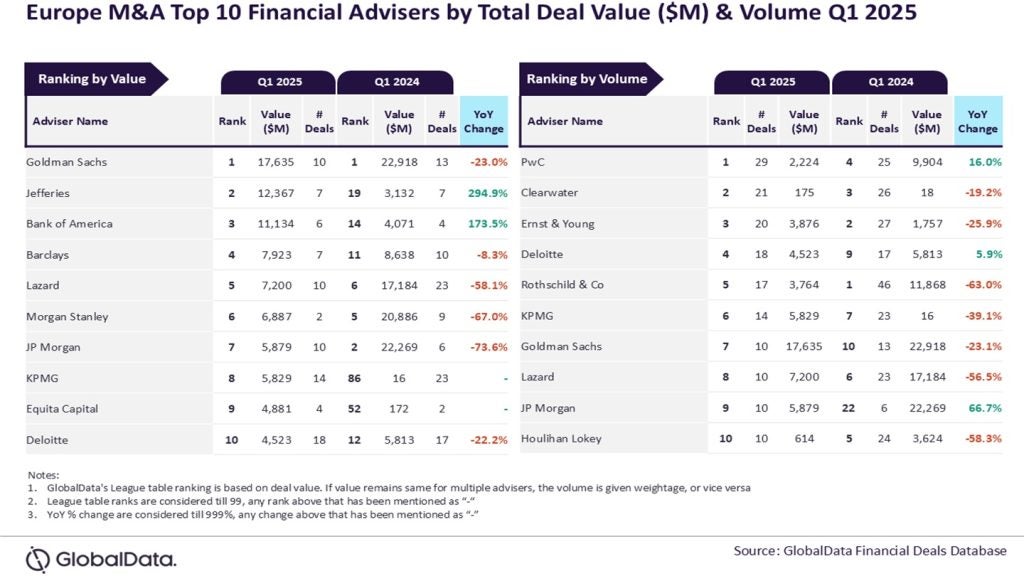Ecosystems in Strengthening Brand Health for Banks
The concept of business ecosystems was pioneered by Big Tech to monetise their technology platforms and customer relationships. But in an increasingly digital world, businesses across all sectors are looking to grow and become more profitable through ecosystem-based strategies, writes Nanda Kumar
The idea behind such collaborative models is simple: while no business by itself can address all the needs of its customers, a collective of businesses is much better-positioned to do so- especially in a digitally disintermediated world.
The benefits of ecosystems
The benefits of an ecosystem are multiple – especially for the financial services industry. A recent survey carried out by Deloitte Consulting AG and The Ecosystems Competence Center of the Business Engineering Institute, St. Gallen, concludes that by 2025, “about 30% of the revenues in the financial services industry will be generated in cross-sector ecosystems.”
More than half of respondents said that their businesses are already offering services as part of ecosystems, and three-quarters of the respondents expect to be an active member of an ecosystem within the next three years. A 77% majority believes that “ecosystems will have significant importance on the future growth of their business.”
New opportunities, deepening customer engagement
Digitalisation has created new opportunities to build and benefit from digital ecosystems. Amazon, which began as an e-commerce platform, has evolved into an ecosystem by successfully attracting many service providers to its platform. By logging into just one app or website, customers can choose from a wide range of offers and buy what suits them best.
Over time, Amazon has enhanced the richness of its platform, integrating multiple payment options, analytics-based recommended offers and pricing, rewards, loyalty programmes and more. All of this has collectively deepened customer engagement while also expanding the ecosystem by attracting new providers and offerings.
For customers, the benefits of such an ecosystem clearly include bundled and discounted offers, along with digital access to a larger set of goods and services from the comfort of their homes. Ecosystem members benefit from quick and easy digitally enabled access to a loyal pool of customers – a valuable asset that is far harder for individual business to build. There are also more data points to refine customer personas and anticipate their needs, all of which leads to sustained growth in revenues and profits.
Banks and ecosystems
Banks specifically can reap the rewards a strong and effective ecosystem offers. An ecosystem-centered strategy can enable banks to improve their customer experience delivery, remain competitive – especially with the ever-greater threat from neo-banks and fintechs – and drive growth.
Strategies by banks such as “Banking as a Service” (BaaS), “Open Banking” and “Platform Banking” are a step towards an ecosystem play. However, it is not enough to take on well-entrenched first movers like Amazon and Google whose powerful, proven technology platforms are capable of not only delivering superior customer experience, but also enabling easy onboarding of new members into the ecosystem.
Product silos and legacy systems
Although many banks seek to embrace ecosystems, their journeys are often impeded by the constraints imposed by their own internal technology landscapes. Product silos and legacy architectures make it much more difficult to achieve a single view of customers even across the bank’s own avenues of business.
If banks really want to implement an effective ecosystem, they must democratise access to a secure and scalable technology platform that allows partners to easily plug and play. This will be a major success factor for banks – yet enabling ecosystem partners to connect to such a complex technology layer will not be easy.
Banks must accelerate their journeys to deploy platforms on which a host of other businesses can provide customers with groceries, restaurants, clothing, leisure, travel, healthcare, entertainment and pretty much everything else they might want or need.
Innovative fintechs offering an array of solutions around financial wellbeing are also stitching together digital joint ventures with banks, insurance companies and other businesses. This gives the latter easier and quicker paths to providing a wider range of solutions that their customers need.
Ecosystems: a dominant business model of the future
The fintechs, on their part, are able to piggyback on large customer bases and able to grow faster than would have been organically possible. Such an arrangement also reduces marketing and customer acquisition costs for fintechs, increasing their profitability.
Given that ecosystems are going to be a dominant business model of the future, banks that position themselves quickly to play the ecosystem game will benefit more. But this will call for new ways of thinking. In the past, proprietary systems were a source of significant value to banks; going forward, their competitive edge will depend on rapid deployment of secure, scalable technology platforms that spur collaboration, customer-centricity and innovation to deliver higher levels of business experience to customers. Platforms must be able to attract and retain both partners who provide goods and services, as well as customers.
Ecosystems are here to stay
Embracing ecosystem-based strategies will help banks around the world to ward off the serious threats posed by neo-banks, fintechs and Big Tech. Businesses in other industries are already embracing ecosystem-driven strategies to sustain growth in a hyper-competitive, digitally driven and partnership-centric marketplace.
The right technological underpinnings are necessary for ecosystems to succeed, although by themselves, robust technology platforms are not sufficient. There are other factors that determine how attractive an ecosystem is to providers of goods and services as well as to customers. Every ecosystem will need a lead orchestrator, who is responsible for making key decisions around the platform and ecosystem governance.
For banks, rapid deployment of the right technology platforms is of the essence, and it is better for orchestrators to leverage proven third-party platforms instead of building a platform from scratch.
Leaders of banks looking to co-create ecosystems must focus on building stronger brands, refining business models and strengthening operational capabilities to deliver superior business experience. By “sticking to their knitting”, members of the ecosystem can drive innovations that raise the level of business experience for customers across the ecosystem.
Strengthening the brands of individual participants will enhance the reputation of the ecosystem as a whole. Combined with a robust technology platform, this will help attract more partners to the ecosystem.
This will enable the ecosystem, including the banks, to service a larger set of customer needs which in turn will attract more customers and drive loyalty and retention. This will also elevate competition from the level of individual companies and brands to the level of the entire ecosystem. The larger pool of human and financial resources at the ecosystem’s disposal will work as a “moat”, making it that much harder for rivals to breach.
Of course, in all of this, there must be a high level of governance to ensure that the technology stacks and platforms comply with all relevant security standards and protocols to make them robust, resilient and responsive.
Platform orchestrators or more passive participants?
Business leaders within the ecosystem must provide strong governance mechanisms to ensure that risks are managed, and compliance is not compromised. Simultaneously, they must focus on innovations and process improvements that deliver superior business experience to customers, thereby building loyalty and sustaining growth. This will help ecosystems monetize their potential more efficiently and effectively.
Banks and other businesses that seek to build ecosystems must decide if they want to be platform orchestrators or more passive participants. Orchestrators take the lead in making key decisions around differentiating their platforms from others in the market, strategies to increase adoption and participation rules of competition/collaboration within the ecosystem and where, when, and how to innovate. Participants, on the other hand, engage with ecosystems to gain visibility, promote their brands, win customers, and drive growth in revenues and margins (by reducing marketing and customer acquisition costs).
Ultimately, the creation of a robust, secure, and efficient technology foundation for an ecosystem is a collaborative exercise between members of the ecosystem and technology experts. There must be a focus on sensing and optimizing demand, as well as optimized bundling, agile pricing, and efficient delivery.
There needs to be an investment in enabling technologies such as AI, Analytics and AR for shared applications as well as low code or no code software development tools that make it easier for non-technical stakeholders within the ecosystem to develop robust mutually beneficial applications quickly and without relying on external parties. The power of the Cloud must be harnessed for great collaboration and seamless integration between ecosystem partners.
Alongside strong governance mechanisms to safeguard IPR, data security, user authentication etc, there must be a rigorous selection of technology partners based not just on track record but also on evidence of innovative solutions to modern business challenges.
For banks that want to co-create ecosystems with other businesses, the focus must be on building stronger brands, refining business models and strengthening operational capabilities to deliver superior business experience to customers. This builds customer loyalty which, in turn, will enhance and sustain growth.
Nanda Kumar is CEO, SunTec








